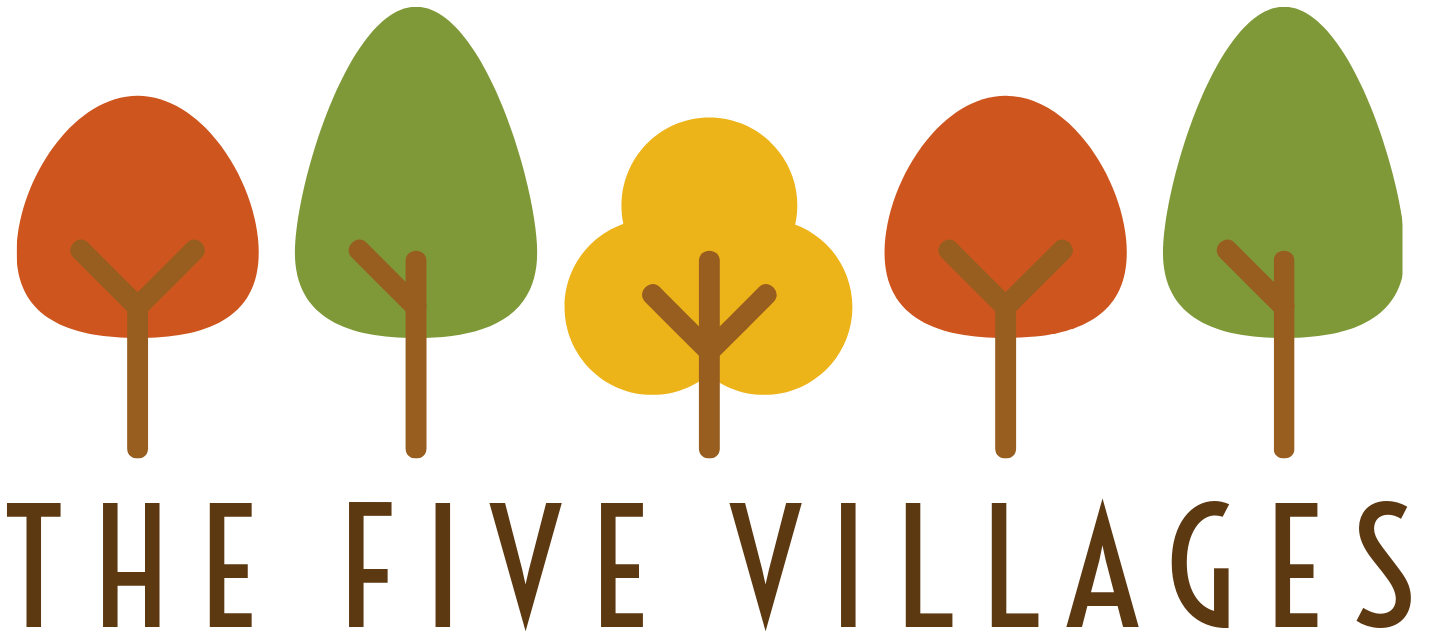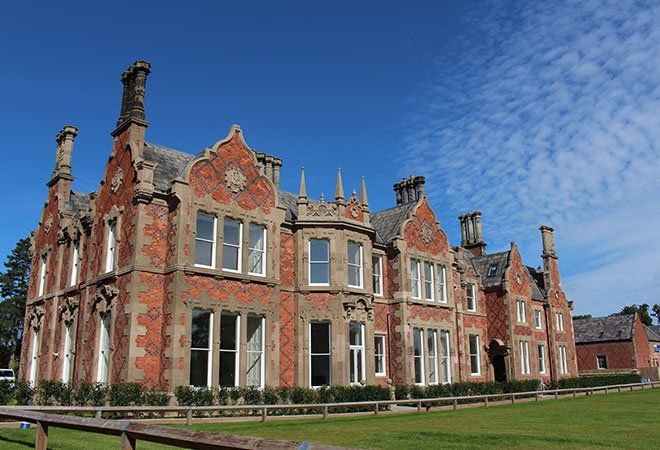Who We Are
Early History
The original, individual, settlements making up the Ecclesiastical Parish of Backford were Backford itself, Great Mollington, Lea By Backford, *Moston, Chorlton and Caughall.
Each has an early English name, indicating their foundation before the Norman Conquest in 1066. The earliest known date of them being combined is 1305. From then, too, it is certain that a vicar had been appointed to the church we know as St. Oswald's.
*Moston is no longer part of the Parish
Backford Parish in 1914
Good farming land
A changing landscape
The arrival of the railways changed everything
The township of Backford is the centre of the parish and appropriately contains our Church and Village Hall as well as Backford Hall, home for so many years to the Gleggs, a leading family in the area. Indeed, that family, at one time, owned much of the township.
Chorlton by Backford
A year of change
Caughall
Lea by Backford
Lea by Backford is one of the five Townships in the Parish of Backford nestling between two larger villages of Backford and Mollington. The record in the Doomsday Book states that the “church itself held and holds Lea in Backford. There is one hide paying geld. There is land for three ploughs. In demesne is one plough and two slaves, and two villain’s and two bordars with one plough and one acre of meadow. TRE it was worth 10s, now as much”.
A definition of the word demesne is thought to be ‘manorial land actually possessed by the lord and not held by tenants’.
It is thought that Demage, (as in Demage Lane), is a derivative of the old word Demesne and could explain the historical background to this current road name. This would imply that Lea Hall would have been the manor and that Lea Manor Farm, (previously known as Demage Farm), could have been the farm to the Manor.
In days gone by there were eight main farms and today there are four remaining active farms where all aspects of farming are covered including beef, arable, dairy, poultry, whilst other farm land has diversified.
Whilst farming has changed over the years, local farmers emphasis food production, does not stop the careful management of the environment, birds and wildlife being paramount in all of resident’s and farmers minds.
Coots, moorhens, woodpeckers, kingfishers, are to be seen along with owls in local woodlands and along the brooksides of Lea.
The church is dedicated to St Oswald, a King of Northumbria. The earliest documents about the church date from 1291 and the first Vicar was appointed in 1305. Evidence of wartime are apparent within the village and undulations in the grounds of both Lea Manor Farm and Friars Park Farm can
be seen as a result of off loading bombs following raids particularly in the Liverpool area.
Today, Lea is bordered by the Parishes of Mollington and Backford and all three continue to benefit from the use of St Oswald’s Church, the Village Hall and St Oswald’s School. The Chester to Birkenhead railway, (opened in 1840), still passes through Lea by Backford but no longer has the benefit of a station. There used to be a busy siding for fuel distribution from the local refinery and the handling of goods, particularly agricultural foodstuffs. Lea also boasts one of the first automatic telephone exchanges and now supports 519 residential premises and 59 non residential premises in the surrounding area. In more recent times a commercial development (Chester Gates) has been constructed at the northern boundary of Lea Parish including amongst other facilities 2 wholesale outlets, a trampoline park and a driving test centre. At present, there are 80 residential properties in the Parish and approximately 207 residents.
And finally
LINKS
CONTACT
All Rights Reserved | The Five Villages

